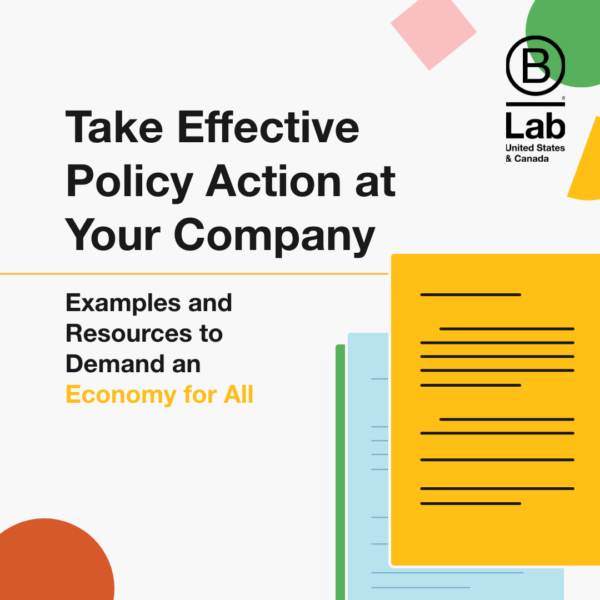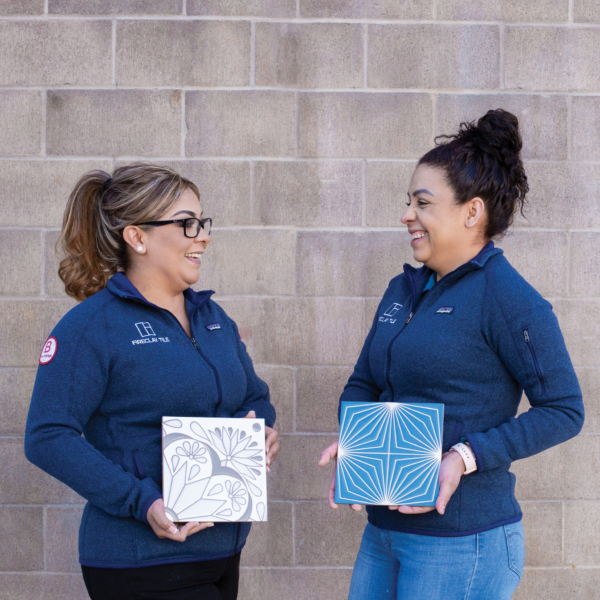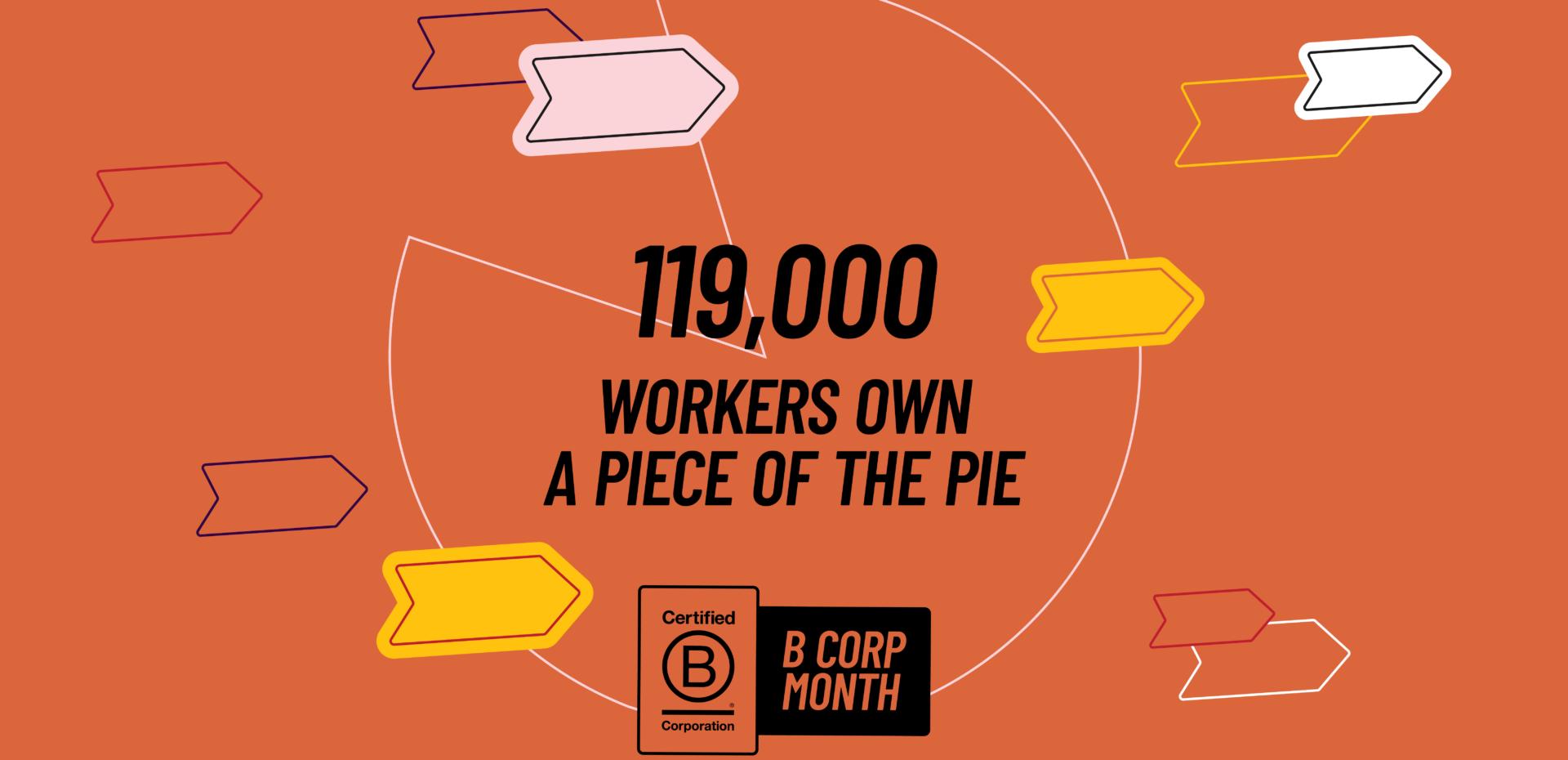How B Corps Can Build on Success with Employee Ownership
March 12, 2024
Employee Ownership Models Give Employees a Stake in Their Company
“Did you know that 119,000 workers can own shares in their B Corp? That’s because 26% of B Corps give employees the opportunity to own a piece of their company.”
Transitioning to an employee-owned model is one way Certified B Corporations create purpose-driven companies that value their employees and use their sphere of influence to increase impact. During B Corp Month and beyond, they take steps with employees to create more resilient and engaged workplaces.
A recent webinar hosted by B Local PDX highlighted the ins and outs of employee ownership transitions, readiness factors, financial aspects, and some of the business advantages of these models. The webinar featured Oregon B Corp PixelSpoke, an employee-owned web design and marketing firm, and Project Equity, an Oakland-based nonprofit that helps businesses transition to employee ownership.
Donna Sky, Business Engagement and Partnership Manager at Project Equity, said employee ownership can benefit all parties involved, including the company, the owner, and the employees. She said the benefits could include increased growth and profit margins for the company, higher employee wages, higher household net worth, and longer job tenure. “What we found is that employee-owned companies have a positive impact on the company itself, on the workers, and for the owner,” Sky said.

Addressing the Racial Wealth Gap
To help B Corps and other businesses advance racial equity in their everyday operations, B Lab U.S. & Canada created this guide. It includes explanations of systemic inequities that contribute to the racial wealth gap, links to resources, and policies and practices from the B Corp community.
Employee Ownership Models and Factors to Consider
Sky said there are several reasons companies might consider transitioning to employee ownership. They can include the desire for a stronger company that attracts and retains the best team or an exit strategy that can help preserve the company’s jobs, culture, and legacy.
There are several types of employee ownership models, including employee stock ownership plans (ESOPs), worker cooperatives, and employee ownership trusts. Sky said ESOPs are retirement plans for larger companies with more than 40 employees that own all or part of a company on behalf of its employees. Worker cooperatives are wholly owned by the employee-owners, who share in profits and elect/serve on the board of directors. Employee ownership trusts are a more customizable form of employee ownership that can be adapted to incorporate democratic principles and profit sharing.
Sky said readiness factors for a transition to employee ownership include a company’s size, financial health, track record, and amount of debt. The transition includes several financial steps related to sale price, loans, and other financial factors.
How PixelSpoke Is Making the Transition to a Worker-Owned Cooperative
PixelSpoke became a B Corp in 2014 and began the transition to a worker-owned cooperative in 2020. Founder Cameron Madill said he first learned about the concept at the 2017 Champions Retreat from Colorado-based B Corp Namaste Solar, which has a couple hundred employees. As Madill explored options for selling PixelSpoke, employee ownership resonated because of its benefits for multiple stakeholders. “I just was fascinated that a company could be at that scale and could be democratically governed and owned by the employees,” Madill said. “So it just felt right.”
After spending about two years reflecting on a co-op model for PixelSpoke, Madill said the concept was introduced to an initial set of owners and then to the entire company in January 2019. The company then spent a year doing due diligence on the plan, including interviews with other employee-owned companies. PixelSpoke has spent the last four years integrating the model into how it exists.
Madill said setting the price for employees to buy in for an ownership share was a key consideration. He wanted it to be accessible but also represent a serious commitment. “Co-ops talk a lot about rights and responsibilities,” he said. “It has to be enough of a responsibility that you’re willing to take that on in exchange for the rights.”
PixelSpoke co-owner and staff member Kerala Taylor said the concept made sense to her, and she immediately started saving up to buy her share of the company. “This idea of being part of the group of people who feels a sense of ownership over a company — because we literally own a piece of the company — made a lot of sense to me,” Taylor said.
Taylor said the co-op has allowed her to expand her skills. She said she has learned how to run meetings, think strategically about the company’s future, handle unexpected events, and make decisions in a collective context.
“I personally love working in small companies, but it is a little harder to figure out growth paths and how you’re going to continue to challenge yourself and learn new things,” Taylor said. “And for me, in addition to that sense of ownership, the co-op offered me a way to expand beyond my role.”

Take Effective Policy Action at Your Company
This free resource shares how B Lab U.S. & Canada and the B Corp community are building a stakeholder economy and driving collective political action to make the rules of the game more equitable and beneficial for all.
The Business Benefits of Employee Ownership
For his part, Madill said he thought the company at times makes slower decisions as a co-op but that they are better decisions in the end. He said overall, it has been a better tradeoff and also relieved him of the stress, responsibility, and burden of being the sole owner — making his job as CEO more enjoyable than ever.
“A lot of the work that leaders are tasked with, especially around alignment and change management, just became so much fun and such a shared responsibility, that I loved it,” he said. “I think a lot of leaders feel like they are like Sisyphus, pushing the boulder up the mountain every day, and this just made it so much more fun because we had a literal culture of ownership with incredible engagement. It didn’t happen overnight, but it was incredibly special to me.”
For B Corps considering an employee ownership model, Madill said they should realize that at least five conversions must happen: legal, financial, operational, cultural, and integration. He said a peer told him it takes five years to integrate a cooperative model into company culture fully, and that having a long-term frame is important. While not a quick effort, it has rewards.
“It has such an incredibly positive impact on our teams, our communities, and the world; it is absolutely one of the most meaningful things I have ever done and I am so proud of what we have built together,” he said.
-

Workplace Culture
Employee Ownership for Any Business Size: B Corps Chart a More Inclusive Path
Read More -

-

-

Sign Up for our B The Change Newsletter
Read stories on the B Corp Movement and people using business as a force for good. The B The Change Newsletter is sent weekly.
